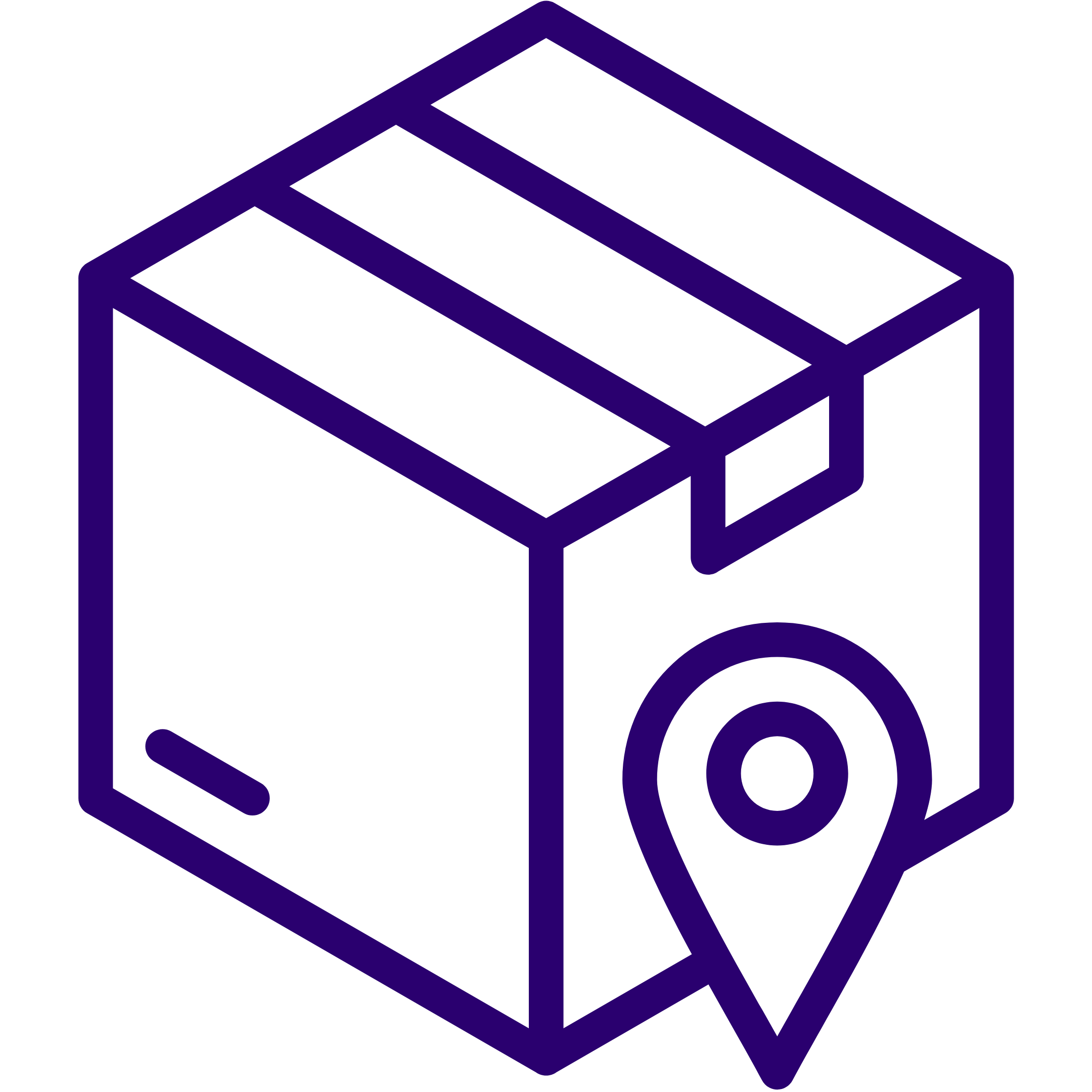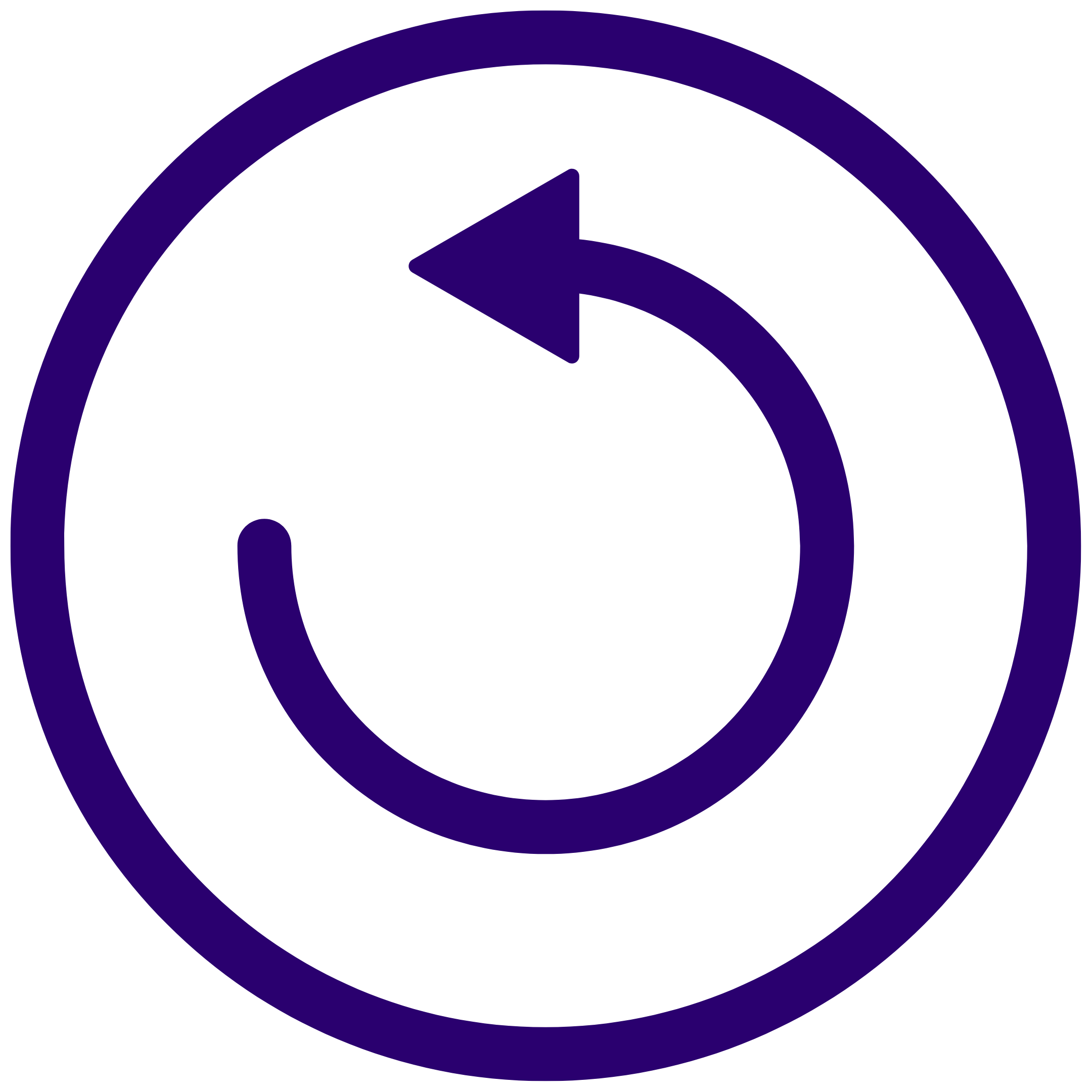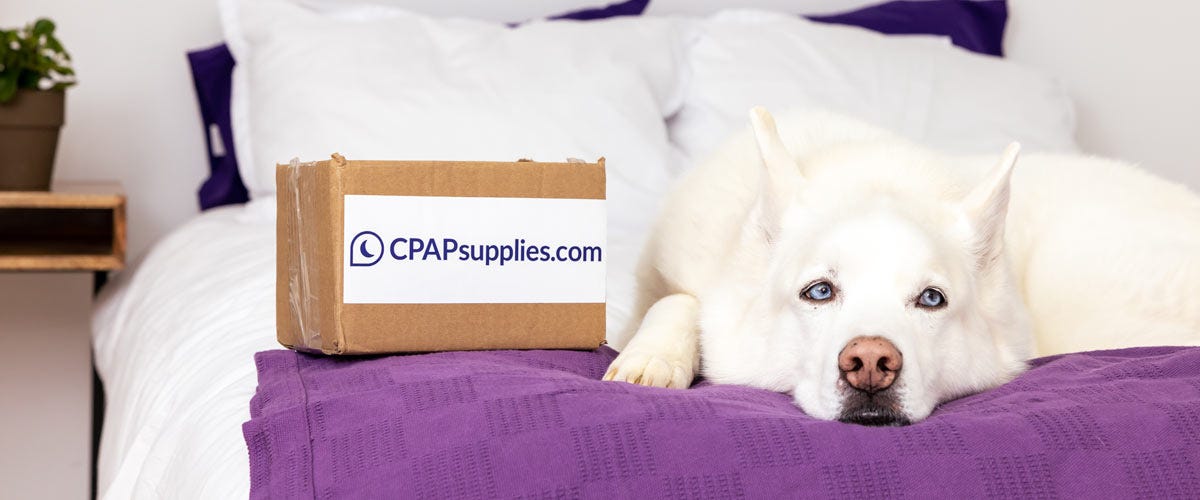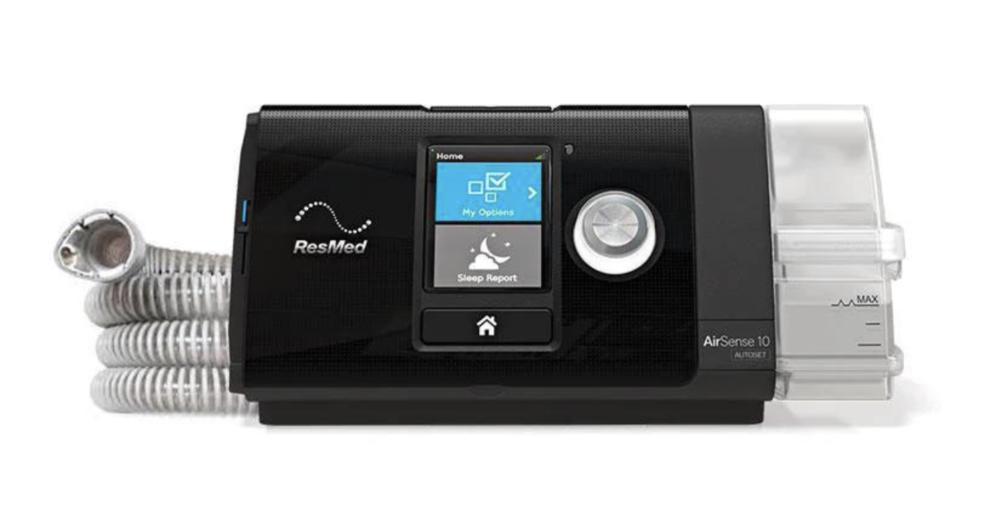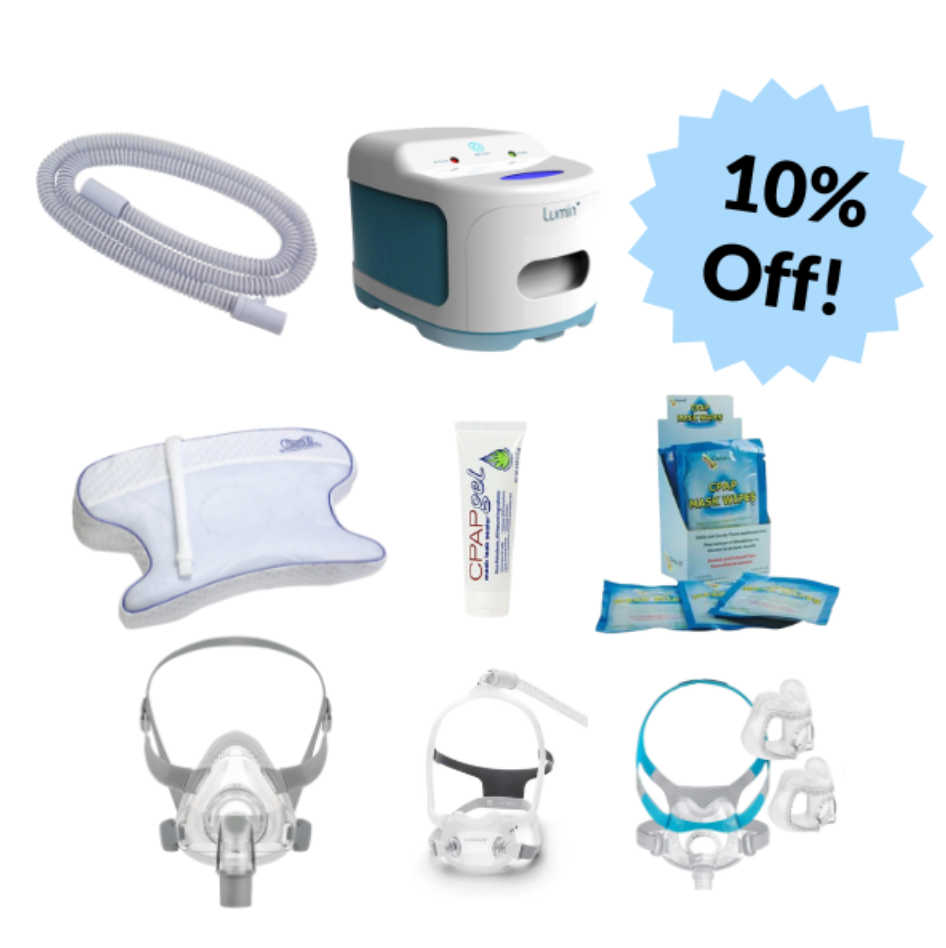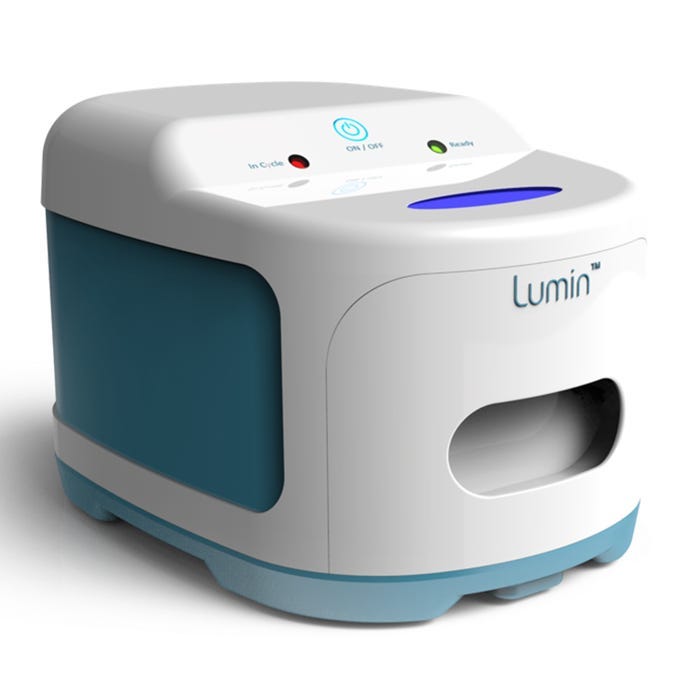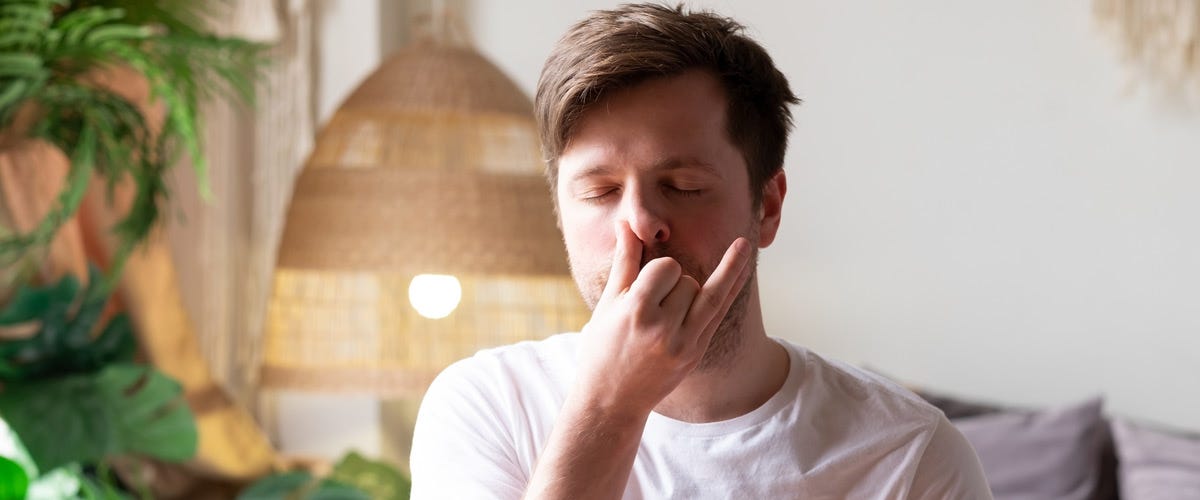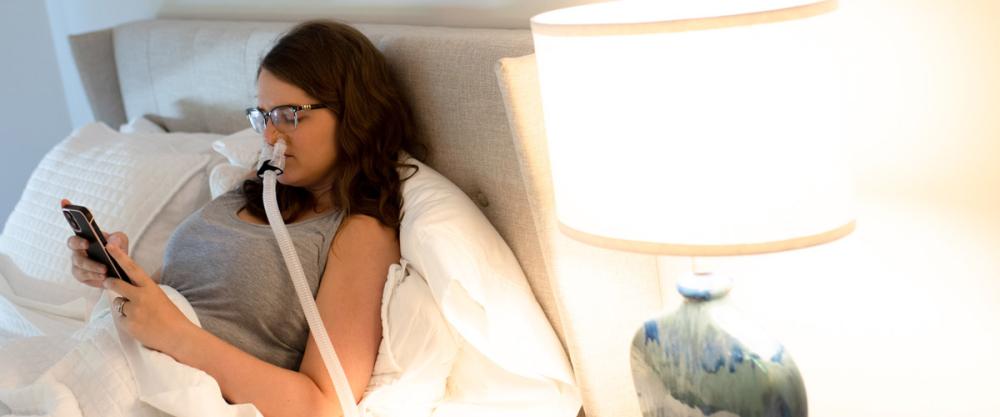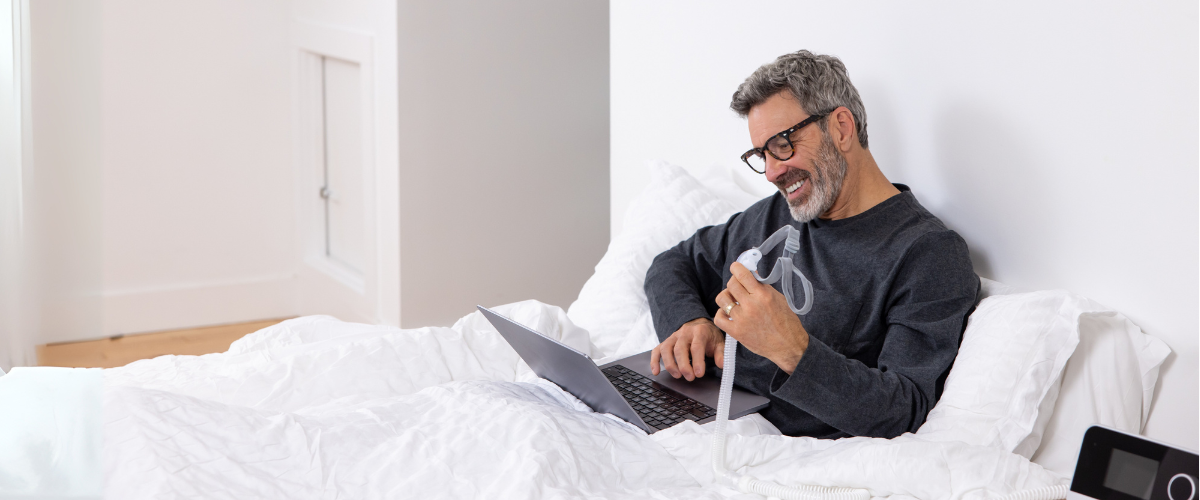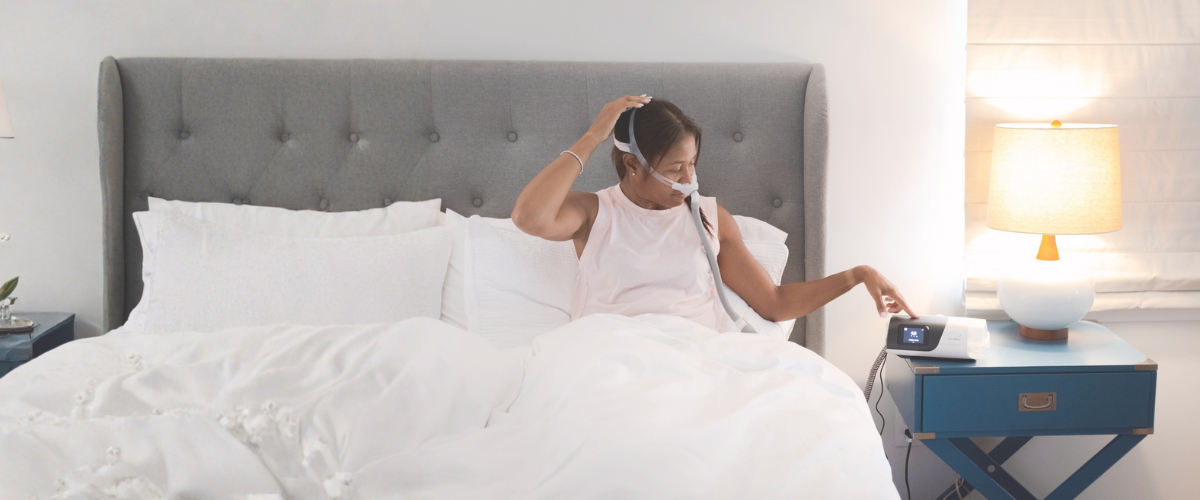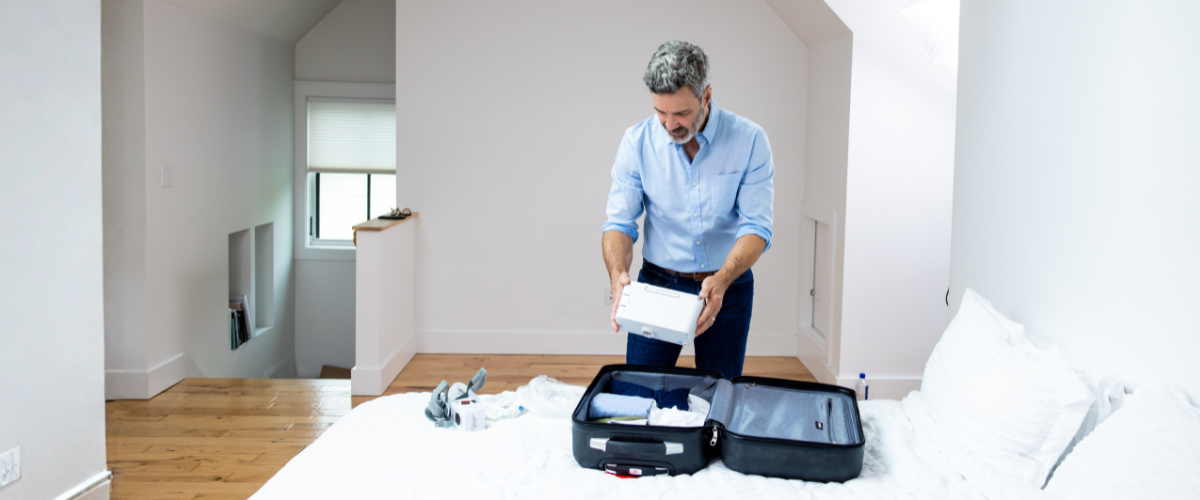If you’re having a little trouble getting used to your CPAP, don’t give up! CPAP therapy is effective only when it’s consistent, and the more comfortable you can make the experience, the more likely you are to stick with it. Your sleep health is well worth a little dedication. There are easy ways to hack your CPAP comfort with the help of some handy accessories.
Is your CPAP mask too tight? Is the headstrap uncomfortable? Do you wake up with a dry nose or red irritation? Don’t fret, we’re here to help! We've rounded up the most common complaints we hear from patients as well as some easy fixes. We also offer a CPAP accessories starter set that contains many of these solutions in one bundle!
Mask Irritation
Mask Liners - A CPAP mask liner creates a barrier between your skin and mask. It will absorb extra oils, help prevent leaks, skin irritation, and red marks. There are mask liner options available that can fit multiple mask brands like ResMed and Fisher & Paykel.
Mask Gel - CPAP gel can be placed on your skin to create a thin barrier around the edge of your mask to prevent air leaks and chaffing. Some gels contain aloe vera to naturally hydrate and restore dry, cracked skin.
A Different Mask Size - Don’t settle on the first option you try, especially if it's uncomfortable. We offer CPAP mask fitpacks especially for this reason! They come with 3 different size masks so you can try all them on before committing.
Full Face Mask - A full face mask creates a seal around your nose and mouth, which is a necessary option for those who breathe through their mouths. They are often more comfortable for people with allergies, congestion or like to sleep on their backs.
Nasal Mask - A nasal CPAP mask creates an enclosed seal around your nose and upper lip area to direct airflow into your nostrils. They take up less surface area than full face masks.
Nasal Pillow Mask - Nasal pillow CPAP masks fit directly into your nostrils to direct airflow. They’re perfect for those who breathe through their noses and toss and turn in their sleep. This type of mask takes up the least amount of surface area.
Congestion
When you feel stuffy due to the changing of the seasons, allergies, a cold, or due to other causes, it may seem impossible to get solid night of rest with a CPAP mask on top of all of it. But be sure to continue using your CPAP, or you may wake up feeling much worse. Here’s how to make your CPAP comfortable with congestion.
Full Face Mask - Even if you prefer a nasal mask, if you’re congested, you’re likely breathing through your mouth to make up for it. Switching to a full face mask will enable air to flow through your nose AND mouth. Plus, if you’re congested due to allergies, your CPAP filter can assist by capturing irritants that would otherwise flow into your airway.
CPAP Humidifier - Humidification can moisturize and soothe your airways, relieve irritation, and break up congestion.
Hose Cover - You can also use a reusable, washable CPAP hose cover, which is a knitted fabric tube that fits over the hose to warm the air passing through it. The soft cover is warm and cozy, helping to get rid of that clinical CPAP feel for more comfortable sleep. Plus, it can help reduce ‘rainout’ which is the build up of condensation in your tubing.
Dry Eyes
If you wake up with dry, itchy, or irritated eyes, something needs to be adjusted.
Stop Leaking Air - Check your mask seal to see if it’s breaking down. You can also use a mask liner or CPAP gel to create a more secure seal. Take a look at your mask cushion to see where it vents the air you exhale. You might be breathing into your own eyes.
Use Eye Drops - Dry air in your bedroom could be another culprit. Keep your eyes lubricated with eye drops before bed and in the morning.
Remove Allergens - Make sure your bedroom is free of allergens such as dust, pollen, or pet dander by washing your sheets and dusting. Keep pets out of the room, close the windows, and make sure your CPAP filter is clean so it can capture irritants.
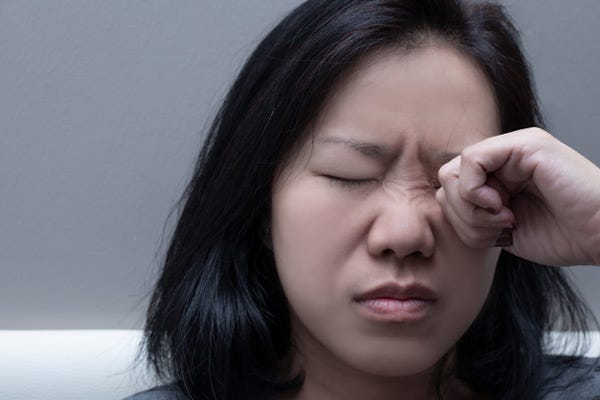

Difficulty Exhaling
If you have trouble exhaling against incoming pressure there are a few ways to make it more comfortable.
Adjust the Pressure - You may have your CPAP on settings that are too high. Depending on your prescribed pressure, your doctor may be able to adjust levels to help you get better sleep. Please note, only a healthcare provider can determine how to adjust your level appropriately.
Try A Larger Mask - If you are currently using a nasal pillow mask, try going up to a nasal mask. If you're using a nasal mask, try a full face mask. Larger masks will disperse incoming air into a larger container, making it easier to exhale against.
Different Machine - A BiPAP will automatically reduce the amount of pressure as you exhale so you don't feel like you're breathing against high pressure. An Auto CPAP (or more accurately APAP) will not only adjust for the inhale vs exhale, but on a breath-by-breath basis.
CPAP Headache
A morning headache can signify a cold or virus, sinus infection, even a hangover. usually But improper CPAP use can also cause morning headaches.
Check Your Mask Size - If your mask is too small or your straps are too tight it will put additional pressure on your face and skull, leading to painful headaches.
Break Up Congestion - Sinus pressure and congestion can cause your head to pound! Make sure you switch to a full face mask, use a humidifier or heated CPAP tubing. Ask your doctor about taking cold or allergy medicine with a decongestant to break up mucus as well.
Uncomfortable Sleeping Position
Do you find yourself tossing and turning at night and struggling to fall asleep with your CPAP mask on? Do you wake up and notice that you removed it during your sleep? Check out some simple ways to make your experience a dreamy one.
CPAP Pillow - You can invest in a CPAP pillow with side cut-outs to make it easier for you to wear your mask all night long. They’re ideal for side sleepers because they ensure that the CPAP tube and connector won’t get jammed up or come loose.
Nasal Mask - Maybe you need to feel a bit more free during the night and this can be accomplished with a nasal or nasal pillow mask that takes up less space. They often are more secure during the night and don’t slip off as easily.
Longer Hose - Are you feeling like you don’t have the freedom to move around or you’ll get stuck? Well, use a longer CPAP hose to allow you to easily reach new areas of your bed!
Top-of-Head Tube Connection - There are modern mask designs such as the AirFit F30i that are designed to have the tubing connect at the top of the frame, keeping it out of your way.
Musky Mask?
Has a funky smell ever kept you awake? What if that smell is coming from your CPAP mask? Your skin cells, facial oils, dust, and more can collect on your mask, so they should to be cleaned on schedule in order to stay fresh. However, you don’t have to constantly wash and boil your CPAP supplies; there are easier ways!
CPAP Mask Wipes - CPAP wipes are disposable cleansing wipes that can be used to quickly wipe down your mask and then thrown away.
The Lumin CPAP Cleaner - The Lumin sanitizer will eliminate 99.9% of pathogens, germs, and more in as little as five minutes. Simply place your equipment inside and come back for it later. No water, mess, or waiting is involved.
CPAP Spray - You can also use a CPAP disinfectant spray to get the musk out of your mask, especially helpful on the go.
Gas (Aerophagia)
Have you been waking up with a lot of bloating and discomfort? Are you constantly burping or suddenly releasing way more wind than usual? The pressure could be overloading your lungs, forcing you to swallow excess air, which your body has to get rid of somehow.
Adjust The Pressure - Talk to your healthcare provider to see if lowering your pressure is a viable option.
Switch To A Nasal Mask - See if switching to a nasal mask will help you swallow less air as you exhale against incoming pressure.
Try A New Machine - A BiPAP will automatically adjust the amount of pressure as you inhale and exhale to make sure you don’t receive too much pressure and can breathe a little easier. An Auto CPAP (or more accurately APAP) will not only adjust for the inhale vs exhale, but on a breath-by-breath basis.
Dry Mouth
Are you waking up with a dry and crusty sensation in your mouth? Does it feel like a desert amidst a drought? Not only is waking with a dry mouth uncomfortable, but it could contribute to bad breath or dental issues.
Xylimelts - Xylimelts are a type of disc that you stick directly to your tongue or teeth to relieve dry mouth. They naturally release moisture to relieve sticky dryness and constant thirst. They dissolve as you sleep to keep you comfortable for hours.
Humidity - The air passing through your CPAP comes from the ambient room and it might be too dry. You can add moisture to the air with a CPAP that has a humidifier, heated hose, or with the use of a hose cover.
Ask About Your Medication - Medications for diabetes, hypertension, depression, and many other conditions can cause dry mouth. Discuss this side effect with your doctor if it’s too disruptive.
Claustrophobia
New CPAP users may feel a little uneasy when they strap on their new mask and hook everything up. Getting comfortable with it is often a gradual process. But don’t let that deter you; effective sleep apnea treatment is well worth a little dedication.
Wear Your Mask More - Wear your mask a few hours each day to get used to it. Put it on a few hours before bed or while watching TV. Also, always remember to wear it while you take a nap and to bring your CPAP equipment with you on vacation.
Get A Quick Release Mask - You may feel more comfortable with a modern mask, such as the AirFit F20, that has magnetic clips. This allows you to instantly pull off your mask and makes it easier for those with arthritis or other mobility issues to take off their masks on their own.

